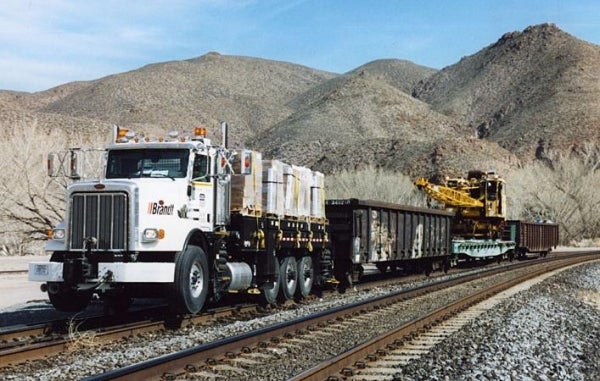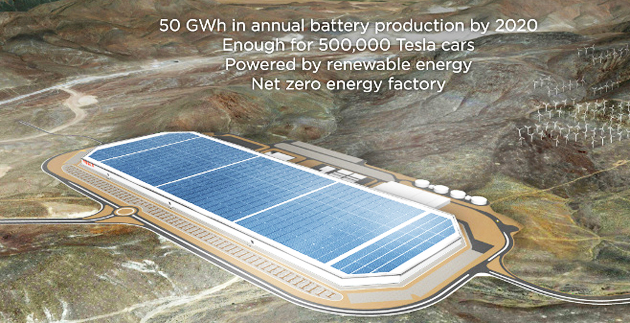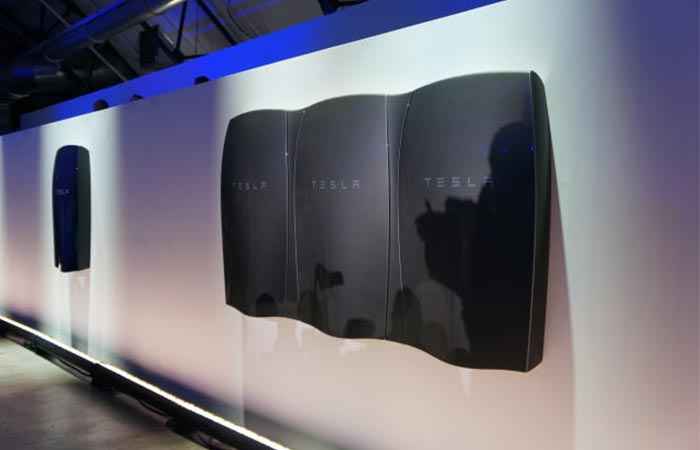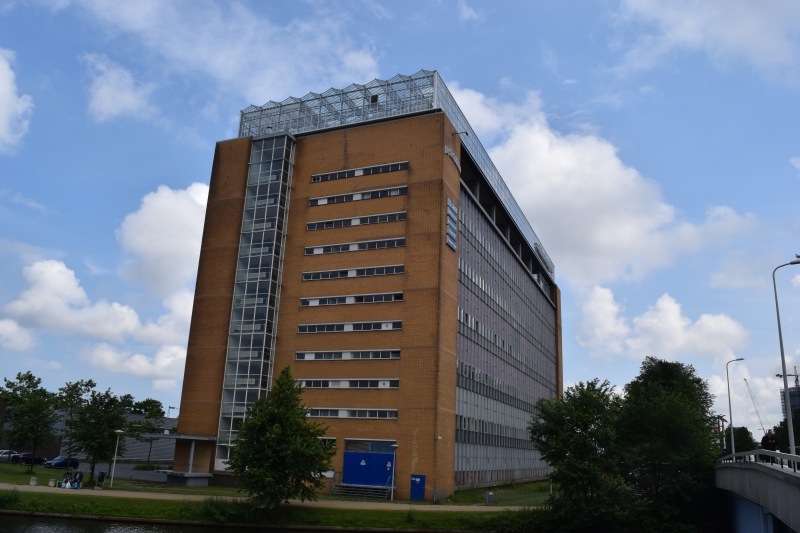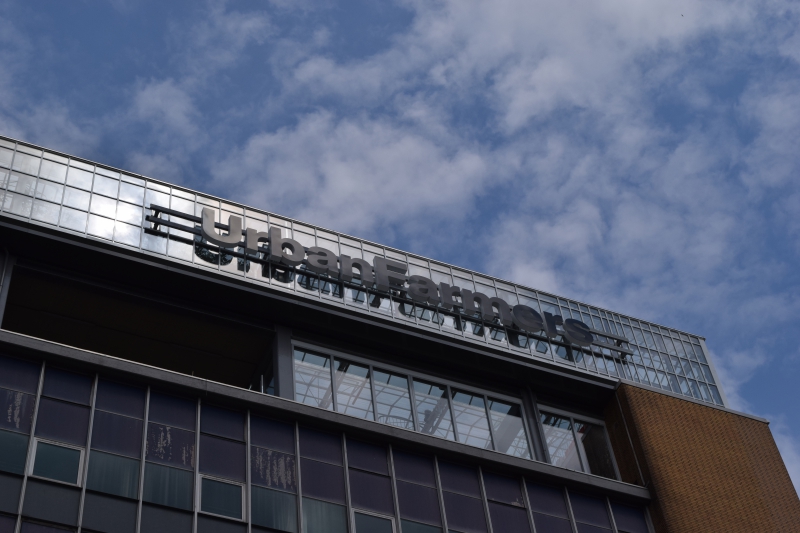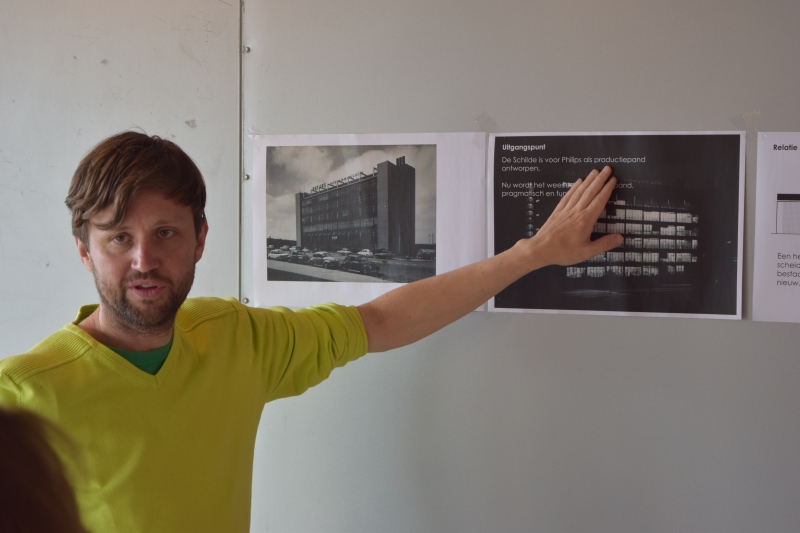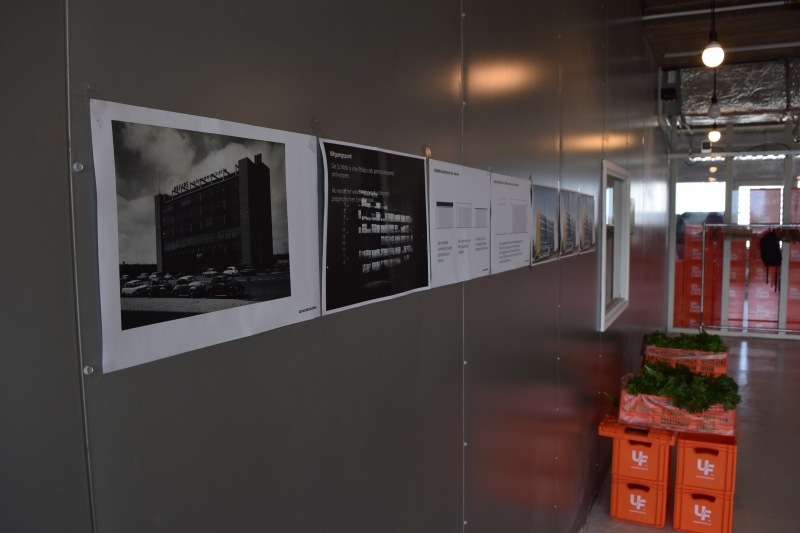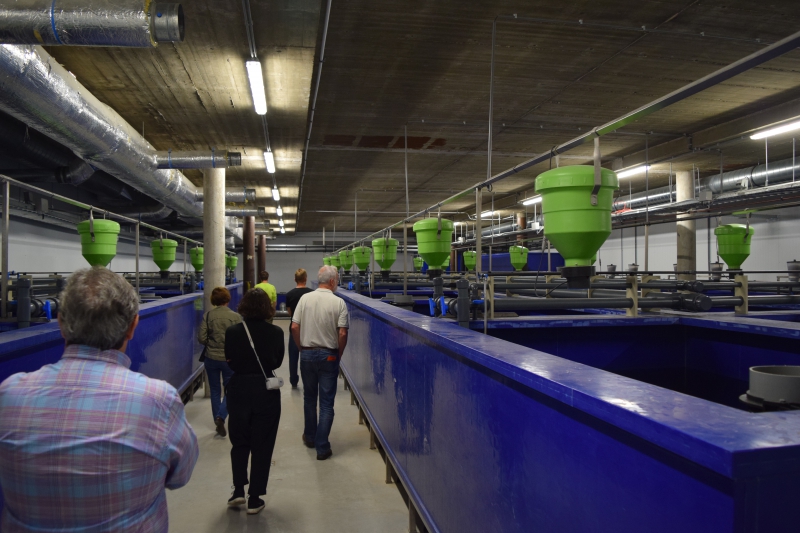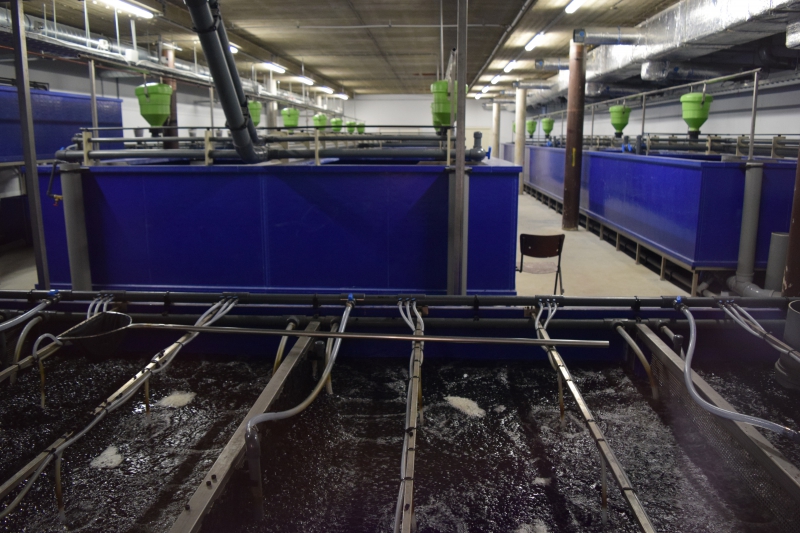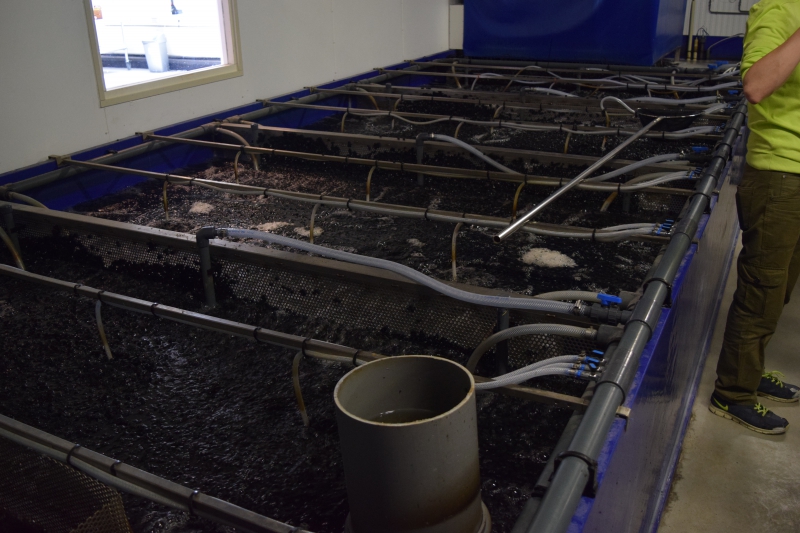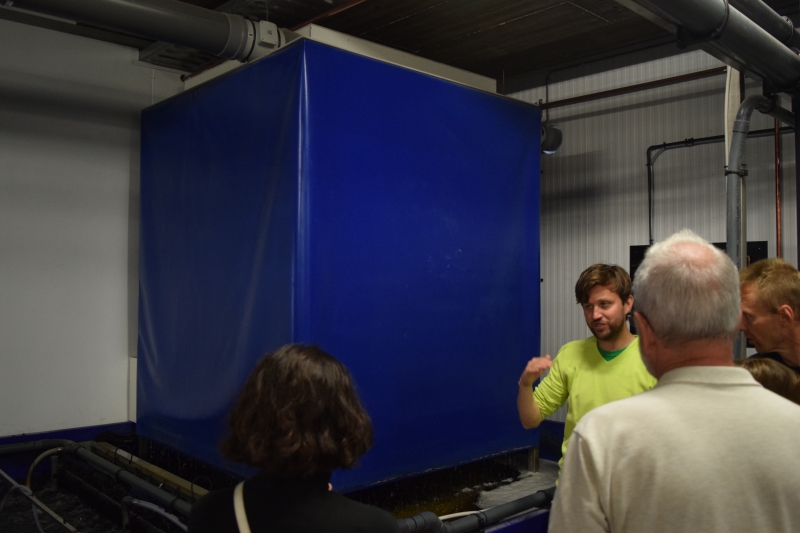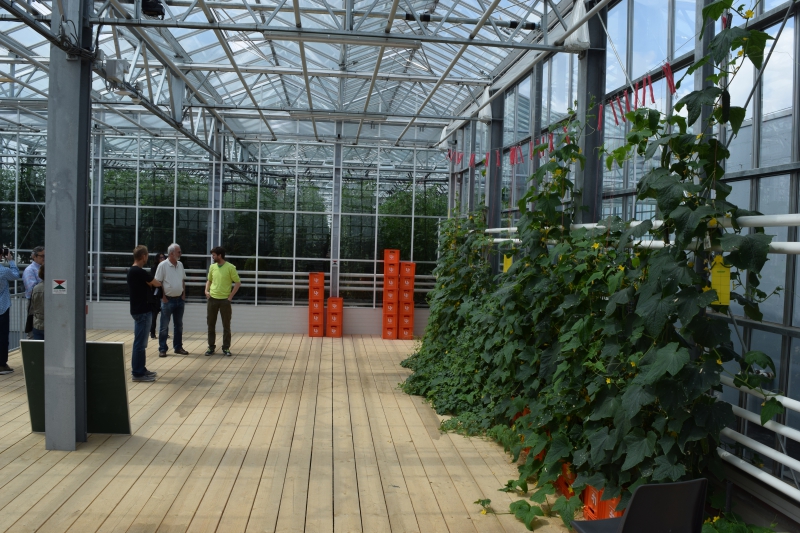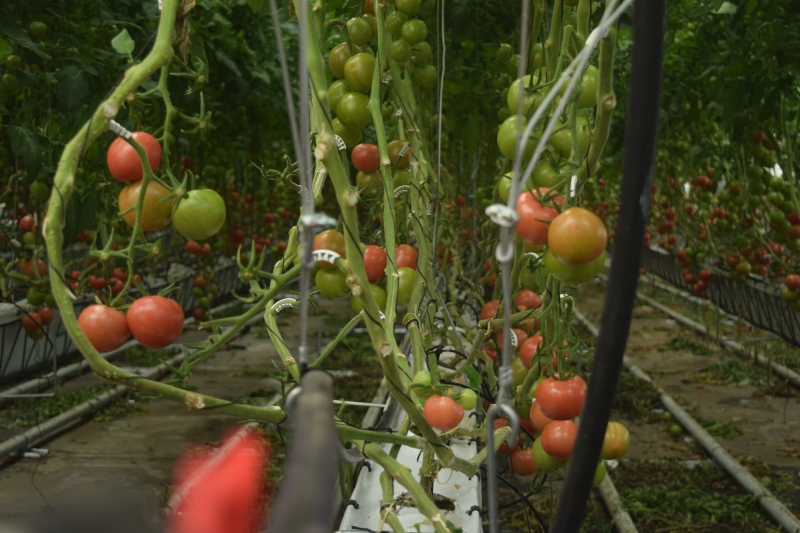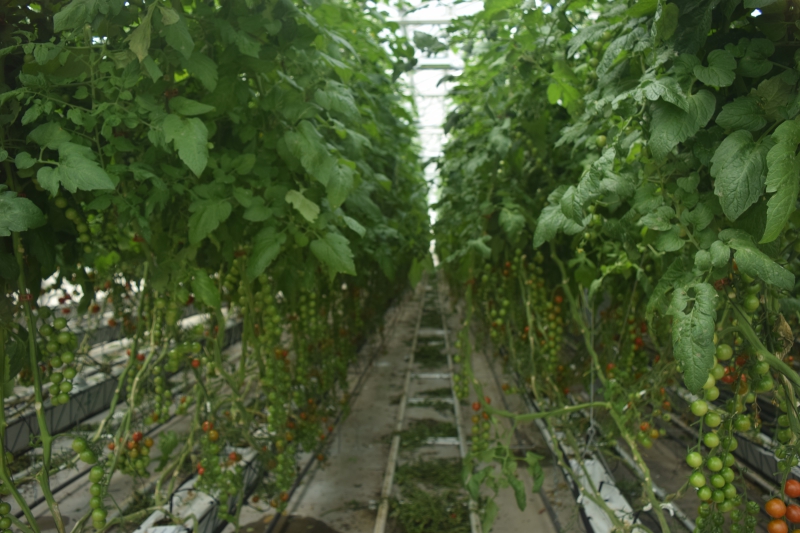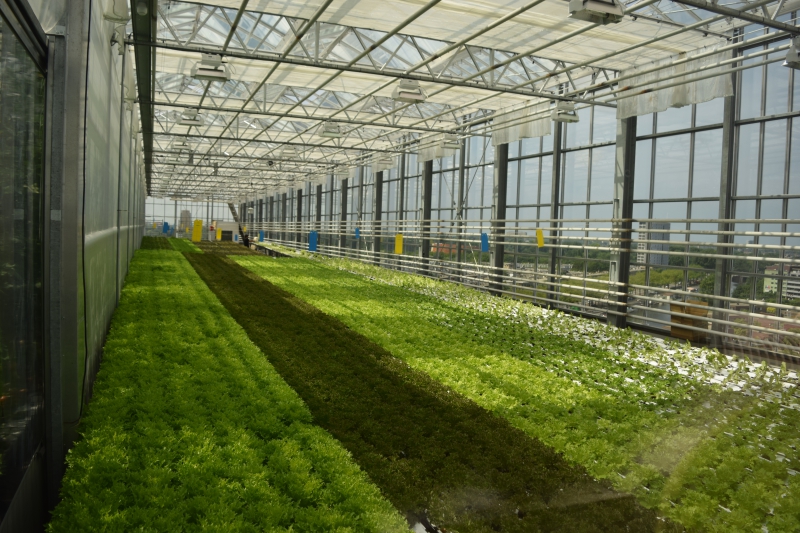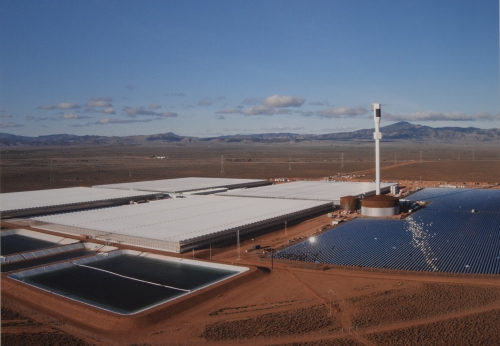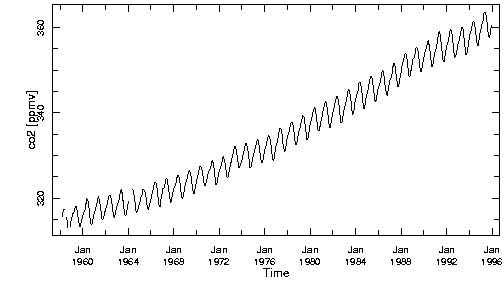A short comment on the discussion if we are living in base reality or not. The discussion is an old one, because all through our history humans have augmented their reality with mystical entities who’s existence could not be proven, only derived from hard to understand phenomona. The gods of the Greeks, the animistic spirits trees and objects. The question “What is real” has always been hard to answer.

The quandry
Elon Musks argument for the idea we are existing in an artificial simulated environment goes like this : Considering that simulations, so tools that give us an impression of reality without being real (video games) are becoming more convincing all the time, at some point in the future it seems we won’t be able to decide whether what we experience is real or a ‘video game’ simulation. We can not know if this process of ‘video game’ optimization has already happened and we are in a video game already. The bottom line is we can’t tell whether our reality is real or not because it might be it is the result of a long process of making it appear as real as possible, so that it actually does appear real.

Reality is energy moving between dimensions..
From science
There are several angles you can still tackle this quandry. One is quantum physics. The deeper more fundamental research focusses on the pattern of rules dictating the existence of fundamental particles. They show surprising symmetry. It appears there is a super stiff lattice that contains all the dimensions energy can occupy, in a quantized space sense. and the rules of nature follow from energy moving in and our of these dimensions, defining the nature of the particles. Those that do not occupy dimensions can travel at the speed of light, those that do can’t. We find that only the most violent and energetic explosions found in the universe (where we need to be lightyears away to even survive them) are able to send a ripple to the stiff lattice. Some energy ends up in the lattice, but it doesn’t break. What is its nature? Is it like a giant computer memory manipulated by some giant processor?

Gravity waves propagate along the fundamental stiff latice in which all energy exists
No reason to expect us to ever escape this ‘simulation’ if it is one, and still no explanation why it is structured the way it is, other than to be discrete (which means that we can only see energy that takes some discrete transferrable form, like we can only read letters when a contrasting color concentrates in a certan spatial pattern). Part of our understanding of the universe includes that there’s an ocean of particles and energy we will never see because they only exist for a tiny amount of time, seemingly entering from elsewhere into our reality, but to short to be detected. The Kasimir effect proves their presence. So our understanding of reality is limited by what it allows to be known, tested and measured.
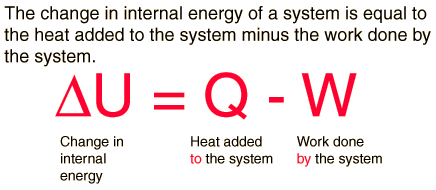
What is weird about reality is that it constantly comes into being in a way that preserves energy, the first law of thermodynamics is never broken. When we detect interactions between particles it always follows the rule of conservation of energy, even though quantum physics tells us there need not be particles, they could be in many places, until (it seems) some energy is transferred between dimensions, and that is what our reality exist out of. It’s like we’re in a big possiblility soup but once some part of this soup (us) starts to move the rest of the soup takes shape and becomes our reality. The constitution of reality is like a puzzle that is thrown in the air and falls perfectly into place every time we force it to. This does hint at some external process, but also tells us it can never be observed.
From the conservation of meaning
To answer the quandry of Elon Musk, or speak to his doubts about the reality of reality, we can also approach it in a different way : If reality is a simulation, but we can never find out, it is reality. This has to be the case or the word reality would lose its meaning. The mind that thinks “This might not be real” has no reason to think that other than knowing it can’t know. This is similar to thinking “There may be a God”. To be very dry about it : It’s not consistent with an empirical mind to assume things that can not be proven empirically. It is not consistent with the same mind to assume something that can not be tested, something that does not really play a causal role in reality. It follows that a mind that doubts reality without there being any causal effect of the outcome of such wonderings is either idle, deranged or has meta motivations (motivations that go beyond that of the individual mind). Religions usually combine all three aspects.
From purpose
A third way to anser Elons conjecture is to ask “What is reality to us”. Obviously there is no objective reality, as there is no objective observer. Reality for us has been, since we where worms on the precambrian ocean bed, what we deal with to keep ourselves alive. Reality was what we could sense, from the time we could only sense light to the moment we could actually read text, the reality for us as organisms was what we could tune our behaviour to so that we survived. Our imagination has been necessary to sensitize us to threats to our existence. They may not have been real, but they made us behave as if we lived in an augmented reality. Our minds don’t work like a typewriter, where reality has to impress itself to get in, they work more like a guy with a checklist seeking confirmation of what is expected. That expectation is a regenerated experience we call memories.
To boil the above angle down to the essence : What we experience to be reality can only be reality because otherwise the word reality would lose its meaning. To go beyond the boundaries of our human existence invalidates the use of reality as whatever we conclude the nature of things to be will never be real to us, never decide our fate. It makes no sense to wonder about things that we can’t see, feel, hear, taste or smell..
Conclusion
Even though the nature of reality can not be decided from our point of view, and is unlikely to change due to the immens energy required to gain knowledge at its fringes, we can wonder whether we live in a simulation. If we do it matters very little to our struggle to survive, and may even jeopardize it if we think of some intiricate but deadly way to prove we are right (like all the ISIS suicide bombers can’t attest to becasuse they are dead and not in heaven). There is no limit to the conjectures that can be made when one assumes our lives exist in a simulation, like there is none if we assume angels exist, gods, etc.. It seems the chance we live in one is both large and small, large because we can’t know and don’t understand how we could exist at all (yet), small because reality is what we are born to deal with, it is what we are born to know to the best of our senses, and that means by definition it is real, not a simulation.
P.S. The Mathematical fallacy
Some people will say that it’s odd that all the laws of nature can be captured in mathematics. They will say that if our existence was a running computer program the rules would also be mathematical, and this somehow proves that nature has a mathematical basis, and thus may be a simulation. This is an extremely circular argument. Our brain is mostly concerned with ‘what happens next’ in order to protect us or point us to opportunities. As a result evolution resulted in a brain that can follow causal relationships in our surroundings. Mathematical formulas are just one way to represent them (1 + 1 = 2 means if you put two single things together at t=0, then at t=1 you count 2 things). So our mathematical language has two basic elements : things we can discern and how they develop over time. The way our brain works is that we can imagine based on a small clue, and a symbol number is a small clue it can work with. Mathematics thus makes a lot of use of our imagination, either prior, during or after it has reach results.
Reality in fact does not follow basic mathematical rules, and the temporal relationship that is implicit in formulas breaks down below the quantum level. Time turns out to communicate with space such that less time can happen if you wish to cross more space. We argue that this is because if you travel you extricate yourself from space (any dimension), but that is another topic. For some reason the new state of the universe every time we look at it is a result of a carefull summation of probabilities, a summation that took place in zero time. The result is unpredictable, because it is a probability field so that for instance an electron can show up in a number of places at any time. So (x,y,z) = ??? we don’t know.
So the fallacy of mathematics is that it views it’s ability to capture a lot of what we know in causal relationships as proof there is a fundamental mathematical nature in reality. But if the transformations allowed are any and all we might encounter, like the position of a particle is a result of summation of probabilities, then the ability of mathematics to capture it is trivial. Is the ability of an apple to be picked up by a hand proof there is handyness in the apple? And if the hand picks up a basket and carries 10 apples, is that still proof of a handy essence in the apples? Clearly the part of reality that eludes us is where there are no causal effects, so where particles exist and dissapear without interacting. The only thing that is wondrous about reality is that it is consistent with itself. Mathematics can not be consistent with itself, even though it’s rules are always trying to force consistency (so this similarity is also trivial). Why reality is consistent, energy is conserved, nobody knows, only that there would be nobody to wonder if it wasn’t the case..







